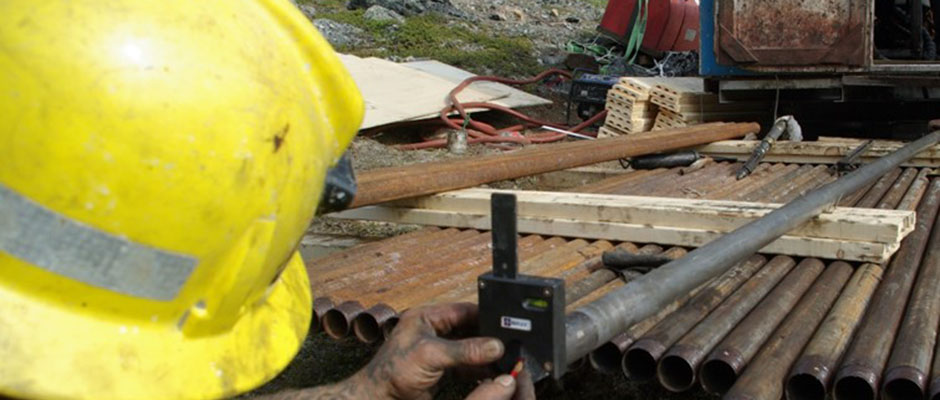SRK Exploration (SRK ES) has been active across Greenland’s mineral projects for well over a decade, providing field assistance and technical input to exploration for not only precious and base metals, minor metals, but also industrial minerals.
Greenland is the world’s 12th largest country, but its population, at 57,000, ranks only 206th. Greenland has many rich mineral and natural resources including hydrocarbons, lead, iron ore, zinc, rare earth metals, gold, and precious gemstones, all of which hold significant potential for sustainable GDP growth for the country; however, environmental and social concerns to development are never far from the surface in this pristine territory and therefore firm ESG polices and good practices are required from the onset of exploration.
One of SRK ES’ longest-standing clients is AEX Gold Inc (formerly Alopex), a Toronto-listed Canada-Iceland-based group exploring South Greenland’s Nanortalik Gold Belt where they have substantial licence holdings, centred on the historical Nalunaq mine. SRK ES has provided technical assistance and field services to the founders of AEX during their acquisition of the Nalunaq project and surrounding licences and has had an active role in their field programmes for the past six years. We have also managed several technical studies for the Company, particularly during their IPO in Toronto in 2016.
AEX’s assets are focused along the boundary between the Julianehåb Batholith Zone and the Psammite Zone in South Greenland, part of the Ketilidian Mobile Belt which evolved between 1,850 to 1,725 Ma during the interpreted northward subduction of an oceanic plate under the southern margin of the Archaean North Atlantic Craton. High grade mineralisation is typically found in structurally controlled gold-quartz veins in supracrustal metavolcanic and meta-igneous rocks. Similarities to gold mineralisation of the same age and orogenic setting have been noted and it is possible that the Nanortalik Gold Belt is a continuation of the Swedish Gold Line (Schlatter et al., 2016).
SRK ES has recently, alongside AEX geologists, conducted a remote sensing and machine learning exercise across Southern Greenland. The objective of this work was to assess regional gold prospectivity by combining historical data with a spectral remote sensing study. A machine learning model was trained on 36 gold and gold-copper occurrences. A selected balanced random forest algorithm, parameter optimisation and model scoring were completed using a 5-fold Kfold cross validation. The model with the optimal set of parameters was then re-trained on the entire dataset to produce the final prediction. This resulted in an advanced target generation programme leading to the successful acquisition of the Company’s Nuna Nutaaq licence which comprises five sub-areas along the Nanortalik Gold Belt.
The addition of this licence package along with the Anoritooq and Saarloq licences means that AEX now has a substantial land holding and significant project portfolio that covers most of the known gold occurrences in the region. This formed the basis for a duel listing of the Company on the Alternative Investment Market (AIM) board of the London Stock Exchange in July 2020, the technical aspects of which were managed by SRK ES. This included the use of new exploration data to update the Inferred Mineral Resources at Nalunaq and expand the Exploration Target.
With technical assistance provided by SRK ES, AEX has been exceptionally successful in the placing, raising £42.5 million in the process, the largest raise for a gold explorer since Polyus in 2017 indicating that, thanks in part to the current gold price, life is returning to the junior sector in London.
AEX will use these funds to develop Nalunaq’s underground exploration potential and to conduct a series of exploration campaigns across their other licences. SRK ES looks forward to continuing our long relationship with AEX, assisting the Company in bringing gold production back to Nalunaq and discovering new resources in South Greenland.

